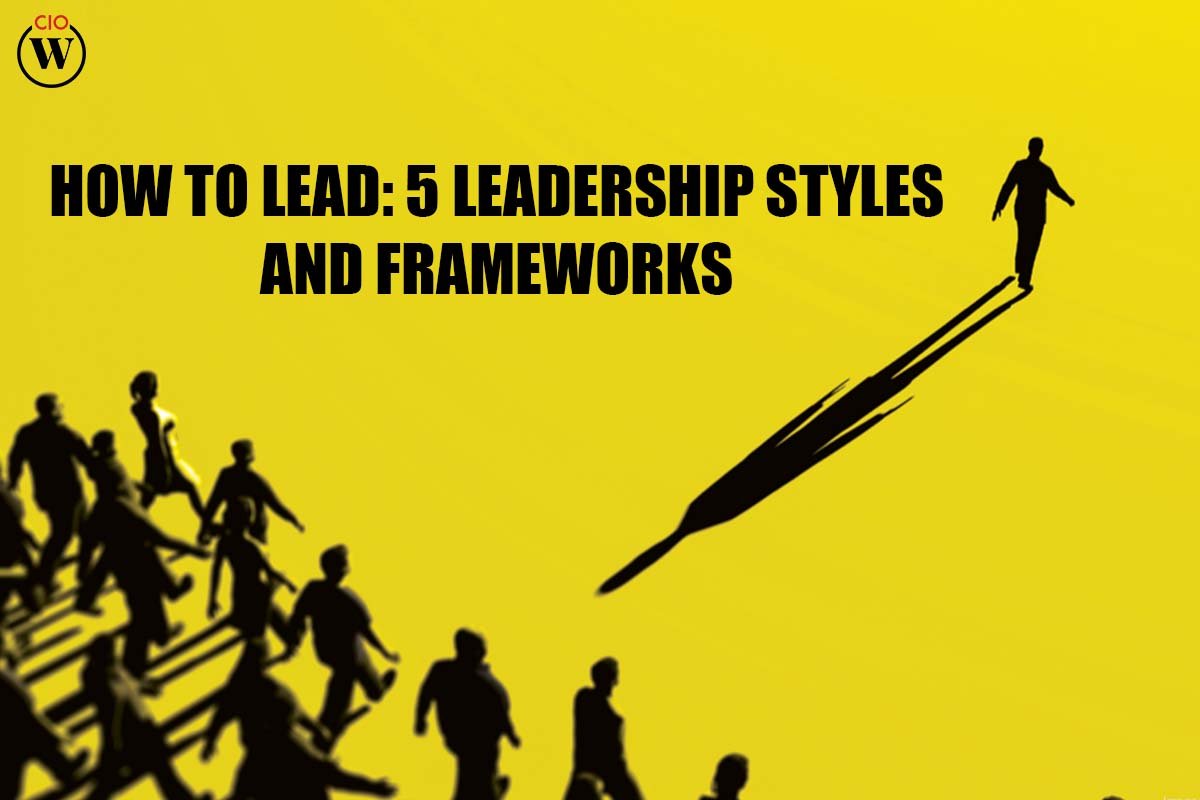Here are 5 Leadership Styles and Frameworks;
So, let’s look at some useful approaches – shown mainly in the order they appeared – that you can use to become a more effective leader Your own strategy will most likely be a combination of these, taking into account your individual tastes, the requirements of your employees, and the circumstances in which you find yourself. Leadership Styles and Frameworks
1. Lewin’s Leadership Styles
In the 1930s, the psychologist Kurt Lewin established his framework, which would go on to serve as the basis for many of the techniques that were developed in the decades that followed. Leadership Styles and Frameworks, According to his theory, there are three primary approaches to leadership:
• Autocratic leaders make choices without involving their team members, even though the members’ involvement might be beneficial to the decision-making process. When you need to make judgments fast, when there is no need for input from the team, and when team consensus is not vital for a good conclusion, this might be a suitable approach to take.
Having said that, this management style has the potential to be depressing, and it may also result in high levels of absenteeism and attrition among employees.

• In democratic organizations, the leaders make the ultimate choices, but they include the rest of the team in the deliberation process. People are more likely to be strongly involved in initiatives and choices when they are encouraged to use their creative abilities.
Leadership Styles and Frameworks, As a direct consequence of this, members of the team often report high levels of work satisfaction in addition to high levels of productivity. However, when you need to make a choice in a short amount of time, this strategy is not always the most effective one to adopt.
• Laissez-faire leaders allow their team members a great deal of leeway in terms of how they carry out their task and how they choose when their deliverables are due. Leadership Styles and Frameworks, If assistance is required, they provide help in the form of resources and guidance, but other than that, they do not become involved.
This autonomy may result in high job satisfaction; however, it can also be detrimental if members of the team are unable to properly manage their time or if they lack the necessary knowledge, skills, or self-motivation to do their task in an efficient manner. Leadership Styles and Frameworks, (Another sign of laissez-faire leadership is when managers have little to no control over the job they accomplish or the employees they supervise.)
The reason why Lewin’s framework is so popular and beneficial is that it helps managers become less autocratic than their natural tendencies would otherwise lead them to be.
2. The Blake-Mouton Managerial Grid
The Blake-Mouton Managerial Grid was first published in 1964, and its purpose is to emphasize the management style that is the most suitable to apply, depending on how concerned you are about the production of tasks as well as the welfare of your employees.
When you have a style that is people-oriented, you prioritize the organization, support, and development of the members of your team. This method supports effective cooperation and creative collaboration because to its interactive nature.
You keep your attention focused on the work at hand when you exercise leadership that is task-oriented. Leadership Styles and Frameworks, You are responsible for defining the work to be done as well as the needed responsibilities, putting frameworks in place, and planning, organizing, and monitoring the work.
It argues that you should aim for both, rather than trying to offset one against the other, and that the best style to use is one that has a high concern for people as well as a high concern for the task. According to this model, the best style to use is one that has a high concern for both of these things. Obviously, this is a really significant point!
3. Path-Goal Theory

It is possible that you will also have to consider the wants and requirements of the members of your team. The Path-Goal Theory, which was first published in 1971, is helpful in situations like this. Leadership Styles and Frameworks, Path-Goal Theory allows you to choose the most effective method of leadership to implement by taking into account the requirements of your team members, the nature of the job they are doing, and the setting in which they are performing it.
4. Six Emotional Leadership Styles
In their book “Primal Leadership,” published in 2002, Daniel Goleman, Richard Boyatzis, and Annie McKee provided extensive details about their hypothesis of the Six Emotional Leadership Styles.
The theory analyzes and compares the benefits and drawbacks of six distinct leadership styles, namely Visionary, Coaching, Affiliative, Democratic, Pacesetting, and Commanding leadership. In addition to this, it demonstrates how the various styles might influence the feelings of the members of your team. Leadership Styles and Frameworks .
5. Flam holtz and Randle’s Leadership Style Matrix
The Leadership Style Matrix developed by Flam holtz and Randle and first published in 2007 will help you determine the most effective leadership style to employ based on the degree to which individuals are capable of working independently and the degree to which the task is creative or “programmable.”
The matrix is split into four quadrants, and each quadrant indicates two different styles of leadership that will be appropriate for a certain circumstance. Leadership Styles and Frameworks, These styles range from “autocratic/benevolent autocratic” to “consensus/laissez-faire,” and each quadrant is labeled accordingly.
Transformational Leadership
The leadership models that have been presented up to this point are all applicable in a variety of contexts; nevertheless, the “transformational leadership” style is often the most successful approach to implement in a commercial setting. Leadership Styles and Frameworks, (This article was first published in 1978, and in 1985, it underwent significant development.)

Integrity and a high level of emotional intelligence are hallmarks of transformational leaders. They communicate well and use a compelling vision of the future to inspire others to work toward a common goal. Additionally, they are often self-aware, sincere, empathic, and modest.









